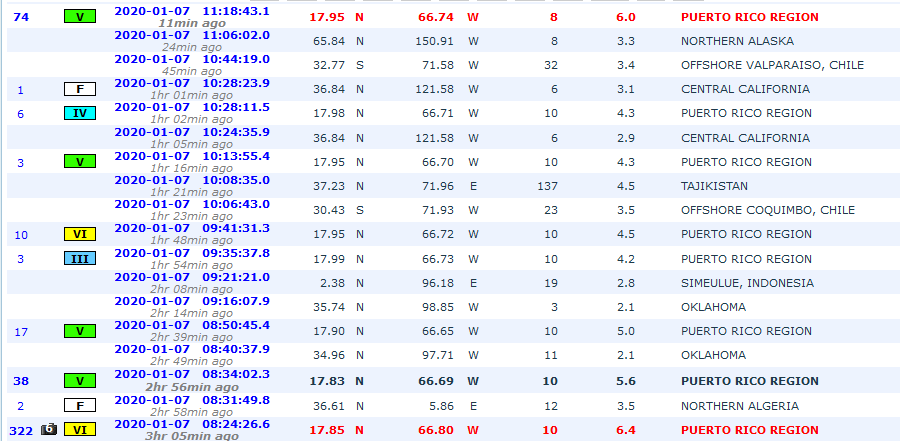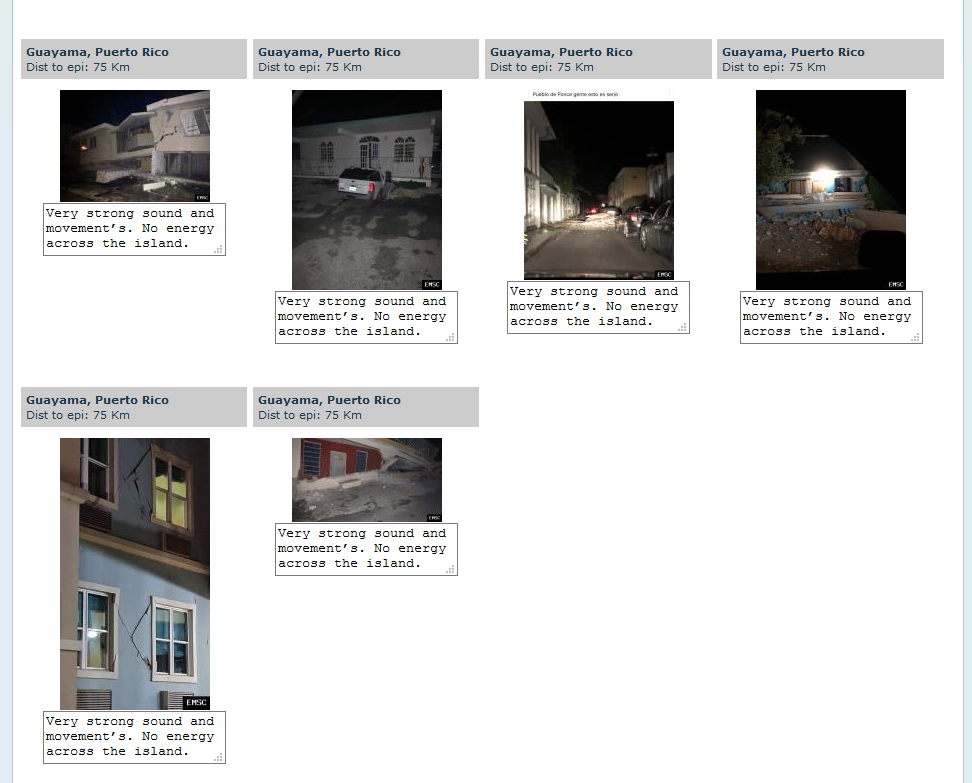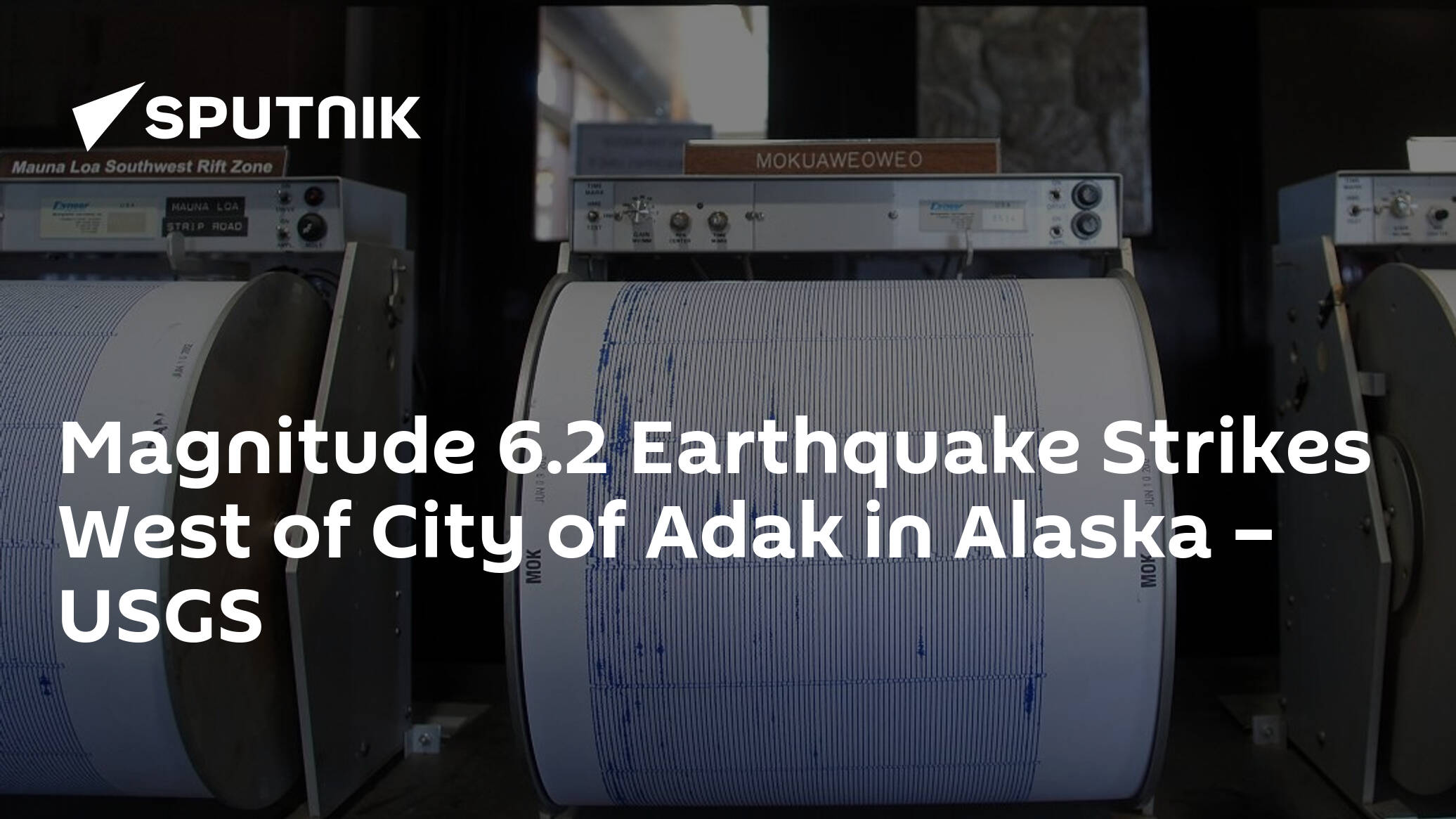No casualties were reported, but the quake was in the same region as a troubled nuclear facility.

www.nytimes.com
3-4 minutes
It had already been an eventful day in Iran: The country had just launched missiles at United States forces based in Iraq and an airliner carrying at least 176 people
crashed shortly after takeoff from Tehran on Wednesday, killing everyone on board.
Then just before dawn, a 4.5-magnitude earthquake struck southern Iran at a depth of about six miles, the United States Geological Survey reported, in the same region as the troubled
Bushehr nuclear power plant. It struck just as Iranian leaders were trumpeting their
strike on two Iraqi bases housing United States forces,
in retaliation for last week’s American drone strike that killed Maj. Gen. Qassim Suleimani, commander of Iran’s elite security and intelligence forces.
No casualties were immediately reported, but
rescue teams were working at the site, Jahangir Dehqani, managing director of the Bushehr crisis management agency, told the state-run
IRNA news agency.
The quake was reported about
30 miles from the Russian-built Bushehr nuclear plant. The plant, which is monitored by the
International Atomic Energy Agency, has long been seen as a safety concern by Western countries. It has been plagued by
construction delays and technical problems, and is on an
active fault line.
Experts have feared that could lead to an accident on the scale of the Fukushima disaster in Japan, or even Chernobyl.
A 5.1-magnitude quake struck the same area two weeks ago.
The plant became operational in 2010, after years of delay. Six months after it began operating,
its reactor had to be shut down because of cooling system problems.
In 2012, the plant was shut down to limit damage from stray bolts found under the fuel cells,
Reuters reported, citing a Russian industry source.
Tehran has cast the Bushehr plant as a showcase of its
peaceful nuclear intentions. Two more reactors are planned for the same site. Construction on the first of those
began in November.
Iran, with its many active fault lines, has a history of catastrophic earthquakes.
In 2003, a 6.6-magnitude quake
killed at least 26,000 and flattened the historic city of Bam, in Kerman province. In 1990, at least 30,000 people died in an
earthquake in Gilan province along the Caspian Sea.
https://www.nytimes.com/2020/01/02/...lback=false&imp_id=881531832&imp_id=631002588
In 2013,
a 7.8-magnitude earthquake hit southeastern Iran, the most powerful earthquake to strike the country in 40 years, though it caused relatively few casualties and only minor damage because it originated so deep underground.












